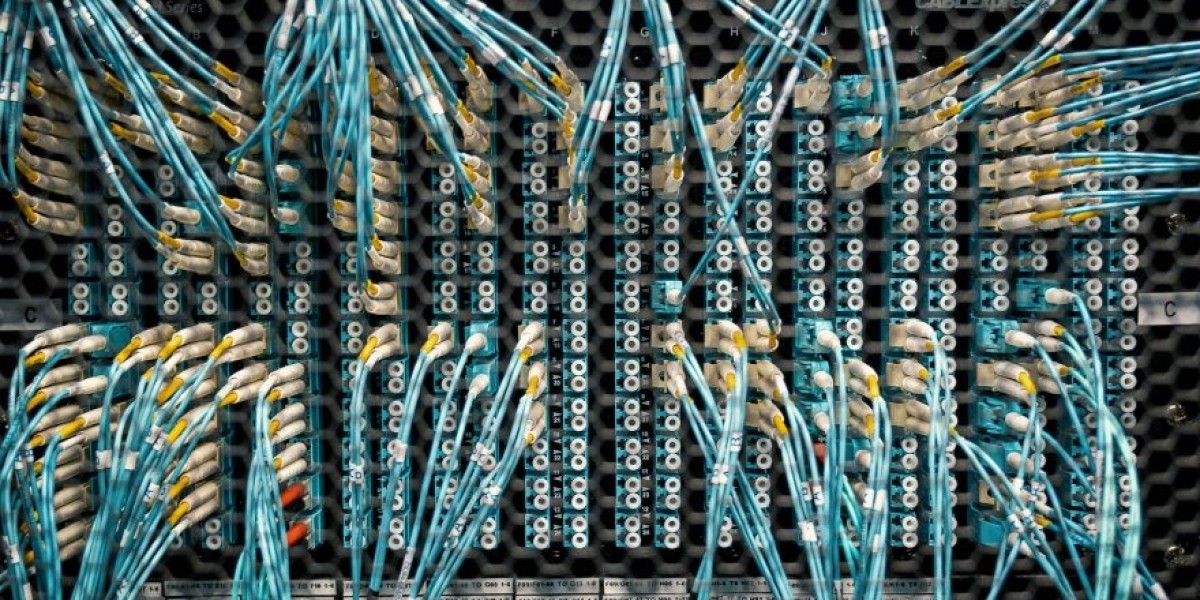In the current digital era, both personal and professional use of a dependable, fast internet connection is crucial. Optical fibre cable is a crucial element that makes this connection possible. Compared to conventional copper cables, these cables offer higher bandwidth and faster speeds by using light to transfer data. Additionally, it offers modern solutions that take advantage of optical fibre technology.
What is fiber cable optical?
Optical fibre cable is made of thin glass or plastic strands that use light signals to carry data. This technology allows for higher data transmission speeds over greater distances without sacrificing quality. Modern telecommunications networks now rely on optical fibre cable as the backbone due to the growing demand for high-speed internet and data services.
Benefits of Optical Fiber Cables
Greater bandwidth: The optical fiber cable connections are perfect for high-traffic networks because they can transport a lot more data than copper lines.
Faster rates: Optical fibre connections can offer download and upload rates that are far faster than those of conventional wired connections since light signals can travel at amazing speeds.
Decreased interference: optical fibres are impervious to electromagnetic interference, keeping connections steady and dependable compared to copper cables.
Longer Range: Optical fiber cables are ideal for large network configurations because they can carry signals over considerably greater distances without degrading.
Essential Network Equipment: ONTs and Fiber Routers
Proper networking equipment is crucial to making the most of optical fiber connections. Two essential devices are fibre routers and optical network terminals (ONTs), which come in single- and dual-band varieties.
Fiber Routers
Any fiber-optic network requires a fiber router. It serves as a hub for internet connections among several devices. A fiber router, in contrast to a regular router, is made especially to function with optical fiber lines. Better performance and faster data transmission rates are made possible by this compatibility.
Speed and capacity are important factors to take into account when choosing a fiber router. The fastest routers can manage several devices at once without sacrificing performance. For enterprises where several people might want simultaneous access to high-speed internet, this is very crucial.
The special requirements of an optical fibre connection are catered for in a fibre router. These routers have innovative features like:
High-speed data transfer: They offer quick and effective internet access and are optimized for optical fibre lines.
Connectivity between multiple devices: allows for numerous users and devices without sacrificing speed.
Reduced Interference: Unlike copper cables, optical fibers are immune to electromagnetic interference, ensuring stable and reliable connections.
Longer Distances: Optical fiber cables can transmit signals over much longer distances without degradation.
Single Band vs. Dual Band ONT
An essential tool for joining optical fibre cables to your home or business network is an optical network terminal (ONT). Here is a brief comparison between single-band and dual-band ont:
Dual Band ONT: This device offers greater performance and flexibility by being able to send data across both the 2.4 GHz and 5 GHz frequency bands.
Streaming and gaming require high-speed internet, so it's perfect for settings with lots of gadgets.
Single-Band ONT: This device only uses the 2.4 GHz band and is intended for users with simple internet requirements. For basic internet users, it's a reasonably priced option, even though it could not provide the same speed and capacity as an optical fiber cable.
Conclusion
Optical fibre cables and networking equipment like fibre routers, Optical Fiber Cable, and single-band Ethernet are becoming more and more crucial as the need for faster and cablesependable internet keeps growing. It helps in improving connectivity for both homes and enterprises by offering creative solutions.









